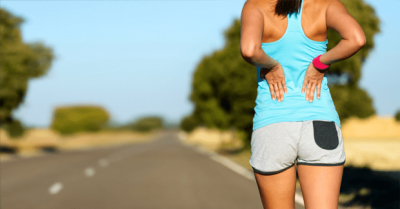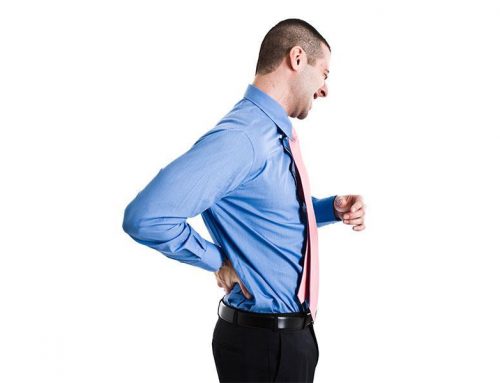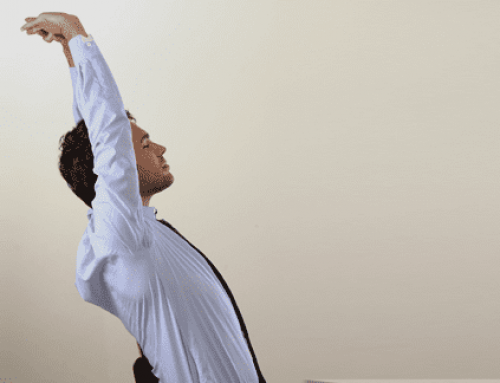 Scientists who have studied the architecture of the spine have concluded that it is meant for walking. This may come as a surprise since we humans do very little walking these days. Over the millennia, our lives have moved from days filled with walking and searching for food to a largely sedentary existence. A good amount of us spend the bulk of our day working at a desk, and inactivity has become a major problem to our spinal health. It has been shown that prolonged sitting increases the pressures in the disk and leads to decreased strength of the spinal and leg muscles.
Scientists who have studied the architecture of the spine have concluded that it is meant for walking. This may come as a surprise since we humans do very little walking these days. Over the millennia, our lives have moved from days filled with walking and searching for food to a largely sedentary existence. A good amount of us spend the bulk of our day working at a desk, and inactivity has become a major problem to our spinal health. It has been shown that prolonged sitting increases the pressures in the disk and leads to decreased strength of the spinal and leg muscles.
Among those who do not sit all day, they instead engage in heavy and repetitive lifting tasks. The heavier the loads we lift, the greater is the risk for spinal degeneration. Whether it is heavy lifting or sedentary life, the effects are the same: low back pain. Low back pain (LBP) has now become an epidemic in society. Depending on which study you look at up to 90% of us will experience low back pain at some point in our lives.
A study of adolescents in Norway showed about 57% had back pain in the past year. We tend to think of our children as immune to back troubles, but the statistics show otherwise. Back pain seems to start in adolescence, and follows us into adult life.
When comparing LBP with activity levels, researchers report there is an inverse relationship. This means that the less time children spent at the computer or watching television, the less likely they were to report back pain. Walking and other forms of physical activity decrease the occurrence of back pain.
In a study of adults with LBP who engaged in regular low-to-moderate exercise, such as walking, researchers observed that patients who exercised had improved mood, reduced need for physical therapy, and used less pain medication. They also tended to have less work disability.
The positive effects of walking continue into old age. Those who walk regularly show less lower body disability.
There was a time when medical doctors thought bed rest for two weeks was a good treatment for patients with low back pain. However, over the past two decades, multiple research studies have shown this prescription will actually increase your low back pain.
Whether you have back trouble or not, it is important to stay active, and walking is one of the best ways to keep you pain free. You don’t need a gym membership to do it—just some comfortable shoes. Physical activity lowers your risk for back trouble, and is also the best activity to engage in during rehabilitation following an injury.







